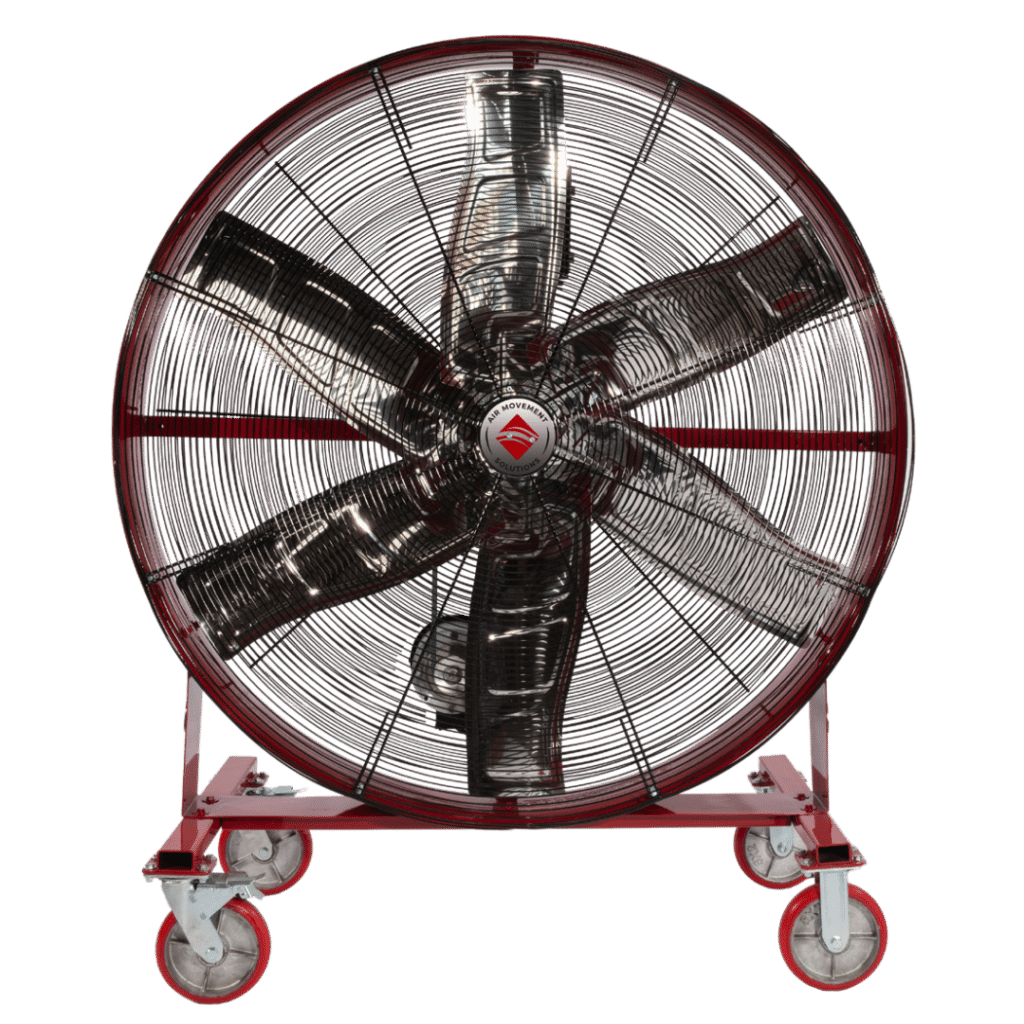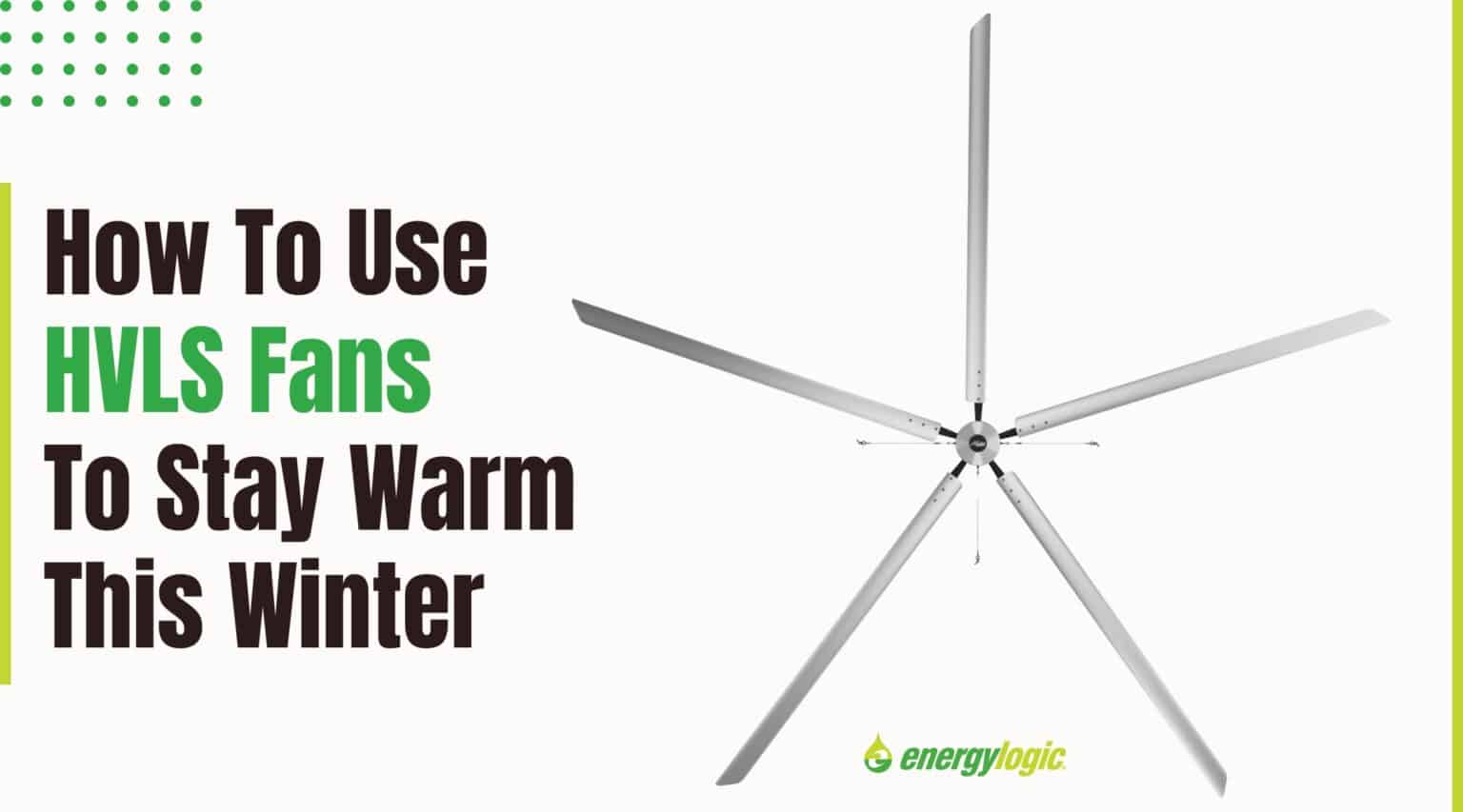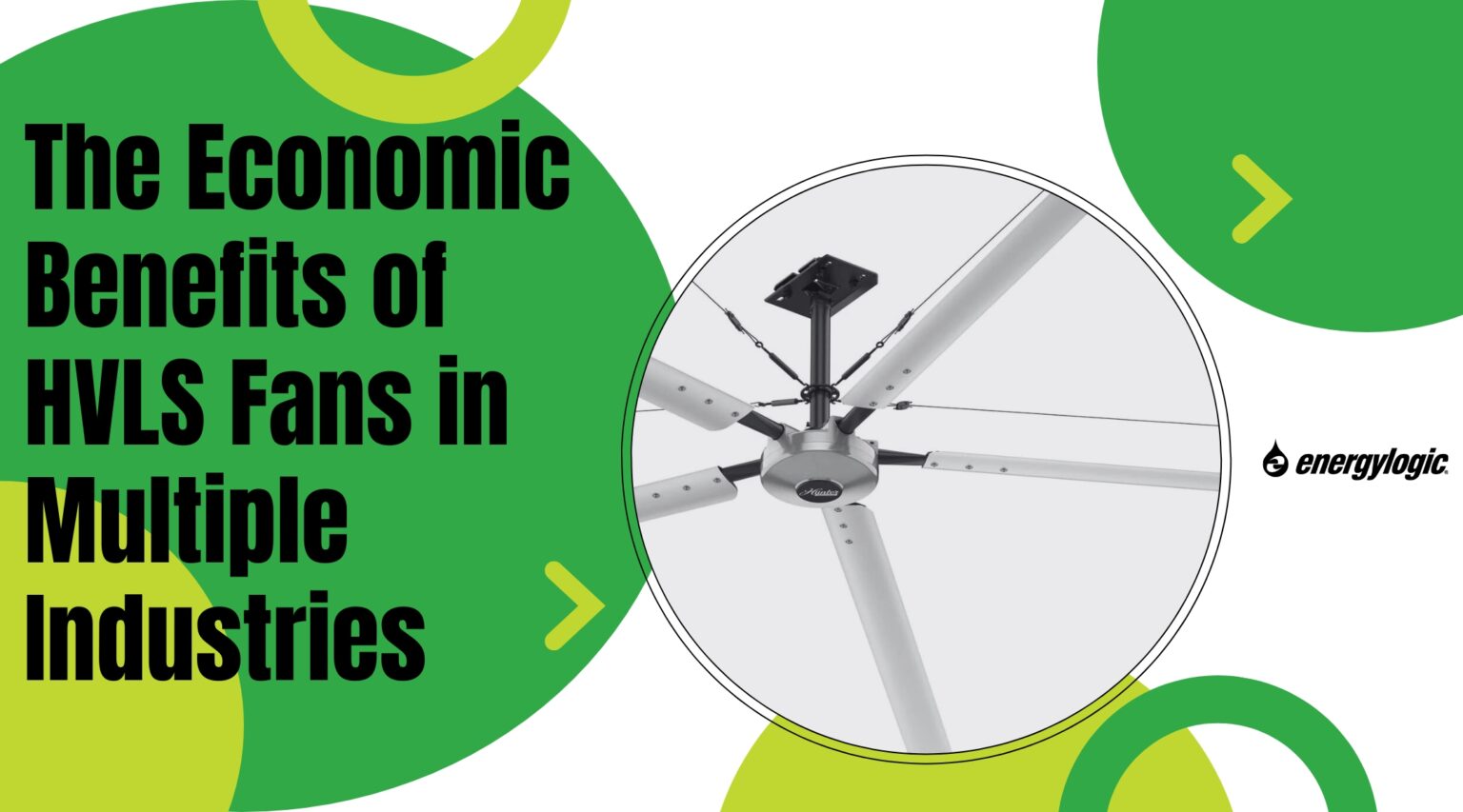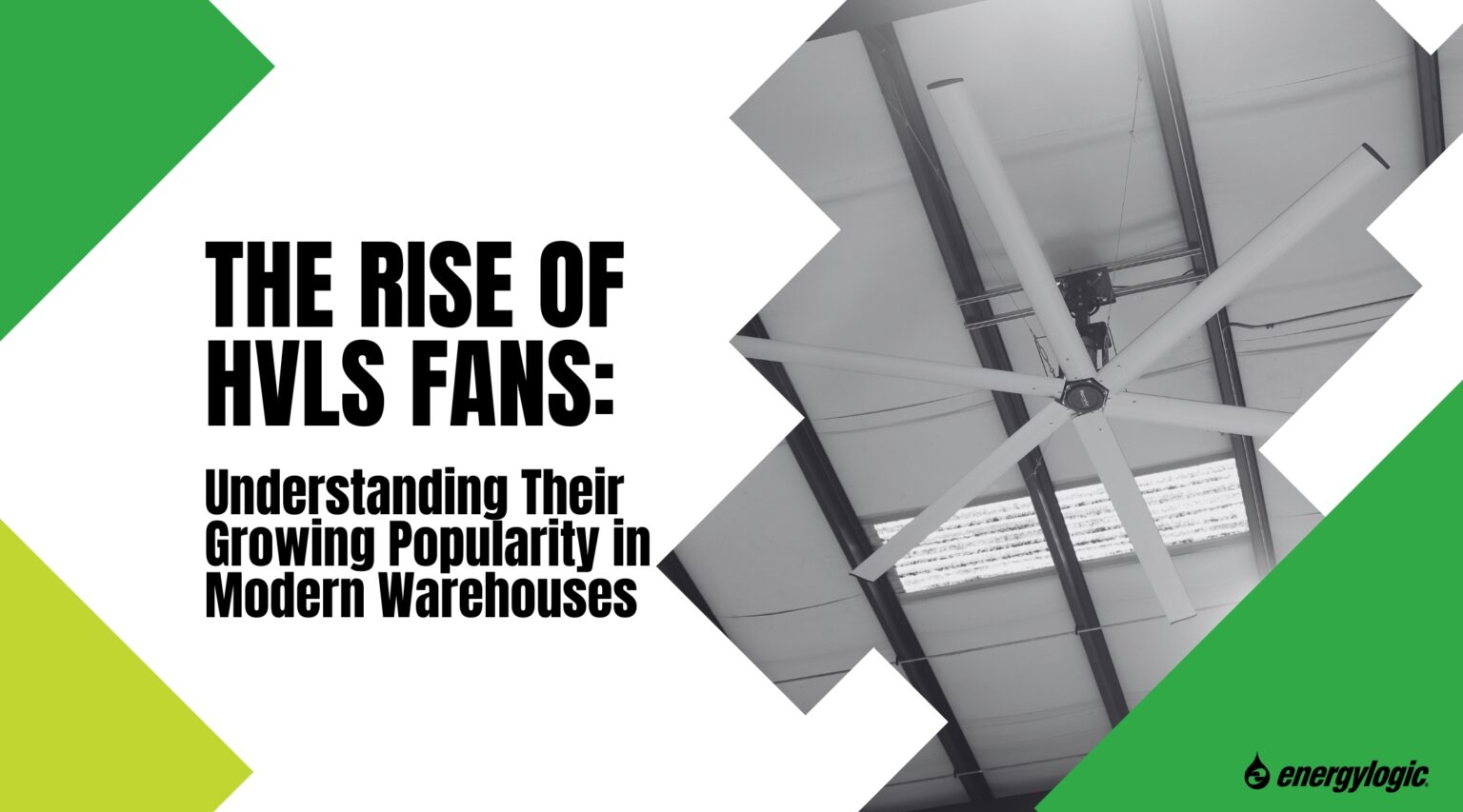What Is an Energy-Efficient Facility and How Is It Measured?

Efficiency is a priority for every business. When your operations aren’t running at peak efficiency, resources are being wasted somewhere along the chain. Modern companies are continually searching for ways to improve their efficiency while adhering to oversight regulations and remaining profitable.
The Leadership in Energy and Environmental Design Rating System (LEED), put forth by the USGBC (United States Green Building Council), gives designers and facility owners an ever-evolving recommendation system to design and run an efficient facility. Conforming to this set of standards is scored on a point system. The facility receives a ranking of Certified, Silver, Gold, or Platinum depending on its score. Efficiency scores are calculated by resource consumption, employee comfort and productivity, and waste output.
Creating More Efficient Facilities

If you want your business to obtain a LEED rating, you need to ensure that your facility meets at optimal efficiency in several areas. Some industries inherently demand higher resource consumption than others, and companies in one location may have different environmental considerations than another. LEED considers the various factors that influence your company’s overall efficacy (especially in terms of resource consumption vs. waste output) and assigns a score based on its findings.
One of the best ways to improve your LEED score is by reducing energy-resource consumption. This can be achieved in several ways depending on your location, operation, and industry. However, one universal method for improving this factor is to create an onsite waste-to-energy process. Find a way to turn your facility’s waste and byproducts into fuel. A waste oil heating system is a fantastic way to do this, and it has some additional benefits aside from improving your LEED score.
Waste Oil Recycling and HVLS Fans

When you install a waste oil recycling system, you can choose from various possible setups depending on the oils involved in your operations and your end goals. Re-refinement systems can extend the lifespan of the oils you use, reducing demand. These systems filter, clean, and recycle used waste oils into a like-new state and then reused as bases for new oils.
You can also burn used oils for fuel. When you invest in a waste oil heating system, you effectively turn your waste products into fuel and save money in several ways. First, you won’t need to worry about transportation, disposal, or the associated costs of safely and responsibly getting rid of your waste oil. Second, since you’re using that waste oil as fuel, other energy sources and supply chains are avoided and conserved. As a bonus, you’re not going to be spending as much on your energy bills to keep your facility heated.
Waste oil heaters used with HVLS fans are fantastic substitutions for traditional duct-based heating setups. A high-volume, low-speed fan functions like any other ceiling fan. The only differences are that it spins at much slower speeds (usually around 50 rpm) and has much larger fan blades, specifically designed for greater air circulation. With a 6ft–24-ft diameter, these fan blades push massive amounts of air through your building. The great thing about HVLS fans is that they work for any kind of climate control. You can keep cool in warmer temperatures, and HVLS fans are also fantastic for pushing heated air through a building.
How Waste-oil Heaters and HVLS Fans Improve Your LEED Score
HVLS fans use a meager amount of energy for the work they do. The most advanced HVLS fan motors from EnergyLogic only contain two moving parts, meaning that motor strain and power requirements are minimized. When installing a waste oil heating system with HVLS fans, you don’t face the same material demands that accompany typical HVAC systems.

All of the cost of design, material, and labor associated with the ducting system are eliminated, as well as the contaminants and impurities that duct systems collect. The increased air circulation provides better equalization of temperature and humidity throughout the space, leading to less “aggressive” thermostat settings to maintain comfort and often reducing system tonnage size by as much as 20%, further reducing material and energy demands, and increasing LEED score. There’s no bulky hardware and no high energy bills for operating them.
HVLS fans optimize airflow, and this is great for employee comfort and wellbeing. Airflow is crucial to maintaining a healthy work environment, and LEED scores account for employee happiness, comfort, and safety. As we already mentioned, HVLS fans improve indoor air quality by getting rid of dirty ducts, but they also balance temperature and humidity, combatting moisture issues and “sweaty-slab syndrome” to provide further safety improvements… and MORE LEED points!
A waste oil heating system and HVLS fan can improve your company’s LEED score across several metrics. Additionally, it can have a noticeable effect on your organization’s bottom line. When you work with EnergyLogic, we help design your waste-oil-heating and HVLS-fan systems with efficiency in mind. Improve your facility’s climate and air quality and boost your LEED score, all while saving money on your energy bills, equipment investment, and operational costs.




